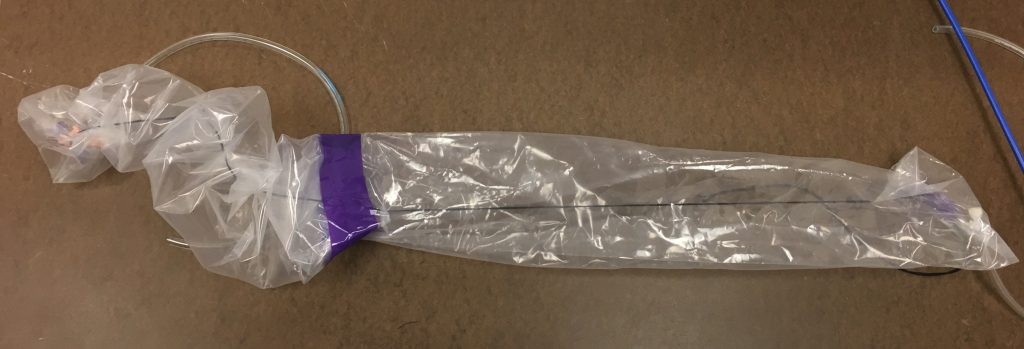Parasite Babies
Parasitic Dependency: The babies have breath. They steal air from their parent. The parent somehow needs an appendage to help eject the babies. Without the hosts’ appendage, the parasitic babies cannot be ejected, and the life cycle cannot continue.
Cycle: Similar to how pine trees and redwoods need fires to reproduce, this parasite temporarily needs a human hand to wedge itself on in order for the babies to be born. It’s environmental factors for the pine trees, redwoods, and parasite parent to continue its life-cycles.
Growth: While the adolescents begin as wedge shaped simple creatures, they quickly develop the closed torus shape characteristic of the adult. Within this new generation, new wedge-shaped babies start to grow within them, and soon they will need to find another human hand. As they produce asexually, each generation doubles the population if there are no deaths by deflation or popping.
·
·
Mechanics of Parasite Babies:
The “Parent” parasite is similar to a torus, but unlike one, it has a sealed end to it. The babies are fairly simple wedges. Although the movement seems incredibly simple, the pressuring of these parts against each other are extremely choreographed. It took more than a few attempts to get the results we were looking for through manual control of air pressure. The position of the wedges were also crucial. They were staggered, which allowed for more lateral travel. If they hadn’t been staggered, then the pressure forces would’ve canceled each other out, and nothing would’ve popped out of the end of the “parent” piece. The inflation sequence is as follows: outer baby parasite inflated, inner baby parasite inflated along with parent parasite inflated. Because the parent parasite wasn’t completely inflated at the beginning, the inner baby parasite was able to inflate. Otherwise, the two bags would be pushing against each other as opposed to creating lateral force.
·
Process:

·
·
Collaboration:
We built off of each other’s ideas. We spent time doing a lot of material exploration. When ideas didn’t pan out with the materials we had, we either jumped to another iteration or another design. We were able to build off of our original idea as well as gather new research on material properties from failed prototypes. We attempted to not over-complicate the design of the parasite as we wanted to showcase the ‘eating’ mechanism of the parasitic parent. We learned a lot about each other! We were able to apply critical thinking and challenged each other’s ideas without completely knocking them down. In short, we built off of each other’s iterations.
Leave a Reply
You must be logged in to post a comment.